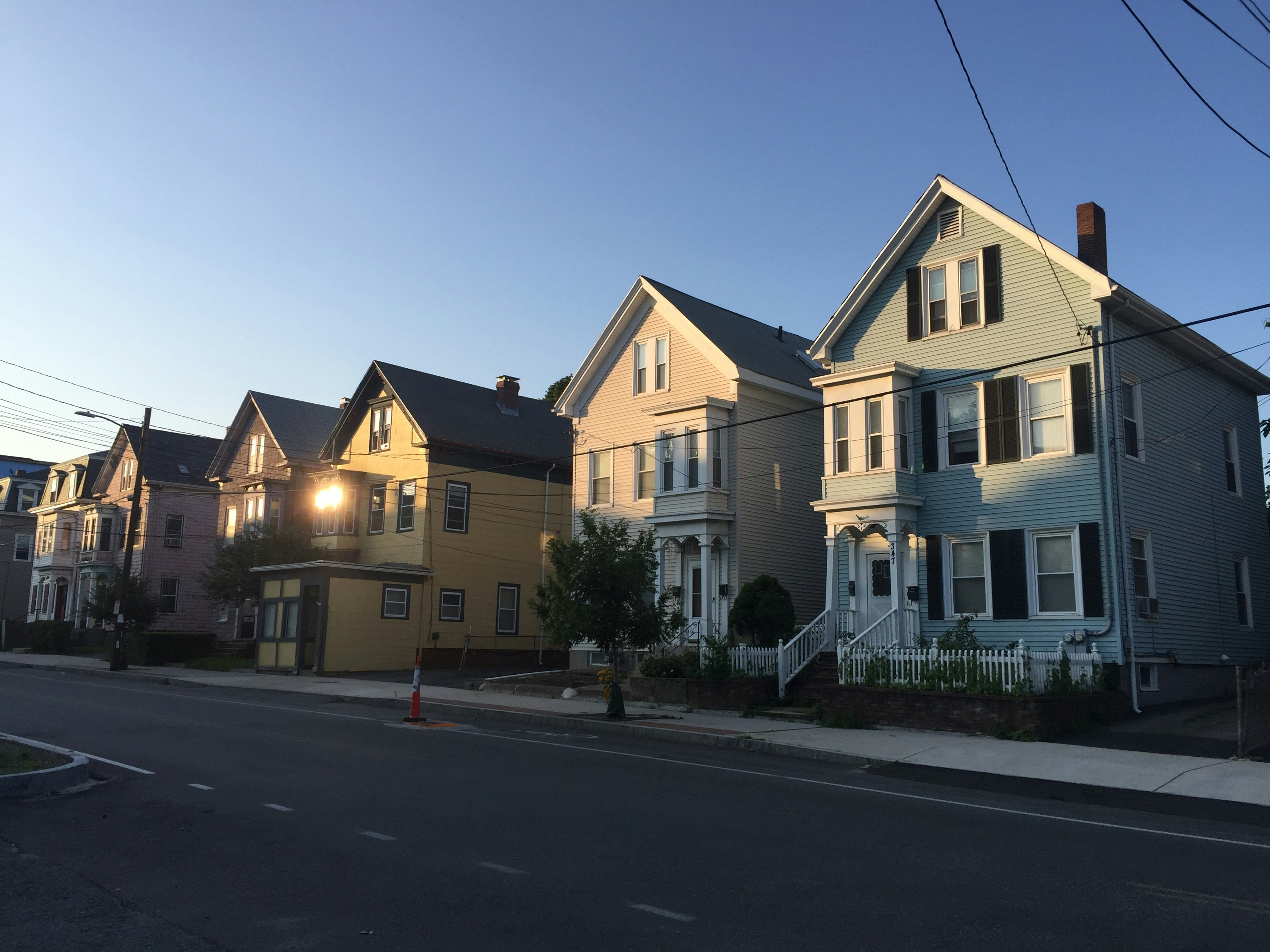
Local Ventures Unite To Drive Lasting Neighborhood Change
Local cafés, shelters, and creative studios often create lasting change when they join forces in their neighborhoods. One recent example brought together a family-owned café, a women’s shelter, and an independent design studio to turn an empty lot into a lively weekend market. These three partners worked side by side, organizing cleanup events, setting up vendor stalls for artisans, and hosting free budgeting workshops. Their shared vision and hands-on approach made the project a success, showing that clear goals and practical skills can breathe new life into community spaces and help neighbors connect in meaningful ways.
Advertisement
Every collaboration begins with a shared need. The café’s owner wanted to attract more foot traffic, the shelter sought greater community visibility, and the design studio aimed to connect with locals. They met at a library forum, sketched plans on a whiteboard, and assigned tasks based on their individual strengths. Within six months, the market attracted hundreds of visitors each week, created new opportunities for vendors, and fostered a stronger sense of belonging among residents.
Community Collaboration Models
Local ventures can organize as loose coalitions or formal alliances. In one town, a knitwear shop called *Stitch & Story* and a youth mentorship group hosted pop-up knitting circles in the park. They rotated leadership each week so teens learned crafting and event management. Shared marketing through posters and social media created buzz, and teens gained workplace skills that some used to land internships.
Another example involves *FarmShare*, a nonprofit farm, partnering with a bike-riding club. They mapped safe routes to the farm, offered cycle tours, and sold produce at roadside stands. Riders promoted healthy living, and the farm boosted its distribution. Each partner brought together different audiences for fitness, fresh food, and hands-on farm experiences.
Funding and Resource Strategies
- Micro-grants: Apply for small awards from local foundations. Grants under $2,000 often require minimal paperwork and suit pilot projects.
- Membership fees: Offer tiered memberships for neighbors who support the program. Discounts at partner businesses can help cover operating costs.
- In-kind donations: Seek donated tools, event space, or marketing help from local organizations. These contributions reduce budgets and build goodwill.
- Crowdfunding: Launch a short campaign on local platforms. Share brief videos of volunteers at work and clear financial goals to encourage contributions.
- Corporate collaborations: Ask small companies to sponsor a single event or workshop. Highlight brand visibility on flyers placed around the neighborhood.
Engaging Local Stakeholders
Engagement begins around the kitchen table. A block captain network mapped interests: senior gardening, youth coding, pet care. Meetings rotated between homes, parks, and storefronts so every voice had an accessible venue. This setup allowed neighbors to suggest projects that matched their daily routines.
Organizers can host quick pop-up surveys at farmers markets or outside libraries. Offering doughnuts or coffee encourages passersby to share ideas without dedicating too much time. Volunteers then organize responses into themes—like safety upgrades or creative classes—and present final plans at a community barbecue. Face-to-face conversations remain more genuine than online polls.
Measuring and Reporting Impact
- Set clear metrics: Track important numbers such as event attendance, volunteer hours, and local vendor sales. Use baseline data from initial surveys to set targets.
- Collect stories: Ask participants to share short quotes about what changed for them. Written or recorded testimonials bring statistics to life.
- Share monthly snapshots: Create a one-page summary with charts and images. Distribute it at meetings and post it on community boards to keep stakeholders informed.
- Gather feedback: Use brief follow-up questionnaires after each event. Ask what worked, what fell short, and what ideas to pursue next.
- Adjust plans: Review data every quarter. If foot traffic stalls, change a workshop topic or adjust a market date. Making data-driven tweaks keeps projects fresh.
Effective Communication and Outreach
Personal notes can win hearts. Instead of broad newsletters, send handwritten postcards inviting neighbors to volunteer days. People remember tangible gestures. A simple “We’d love your help” stands out more than a mass-email subject line.
Social media remains a quick way to broadcast when used sparingly. Post colorful photos of smiling volunteers and short captions highlighting upcoming activities. Tag participants and partners so they share posts on their own channels. This ripple effect draws new faces to each event without requiring lengthy online campaigns.
A neighborhood podcast or brief video series provides community leaders a friendly platform. Film five-minute interviews by a bench or fountain. Local voices explaining why they joined the project generate genuine excitement. Upload episodes to free platforms, then promote traffic through posters in common spaces.
Group chats on messaging apps also support communication. Invite interested residents to a moderated chat for quick announcements and spontaneous brainstorming. These digital spaces offer flexibility when plans change due to weather or venue issues.
Readers can apply these ideas now. Gather a few like-minded neighbors, discuss a shared challenge, and sketch a simple plan on paper. Start small: clear a patch of overgrown grass, host a single workshop, or set up a fresh produce stand. Growth happens naturally when genuine passion drives each step.
Teams that collaborate effectively turn small ideas into lasting change by combining skills, using clear data, and maintaining personal communication.
Advertisement